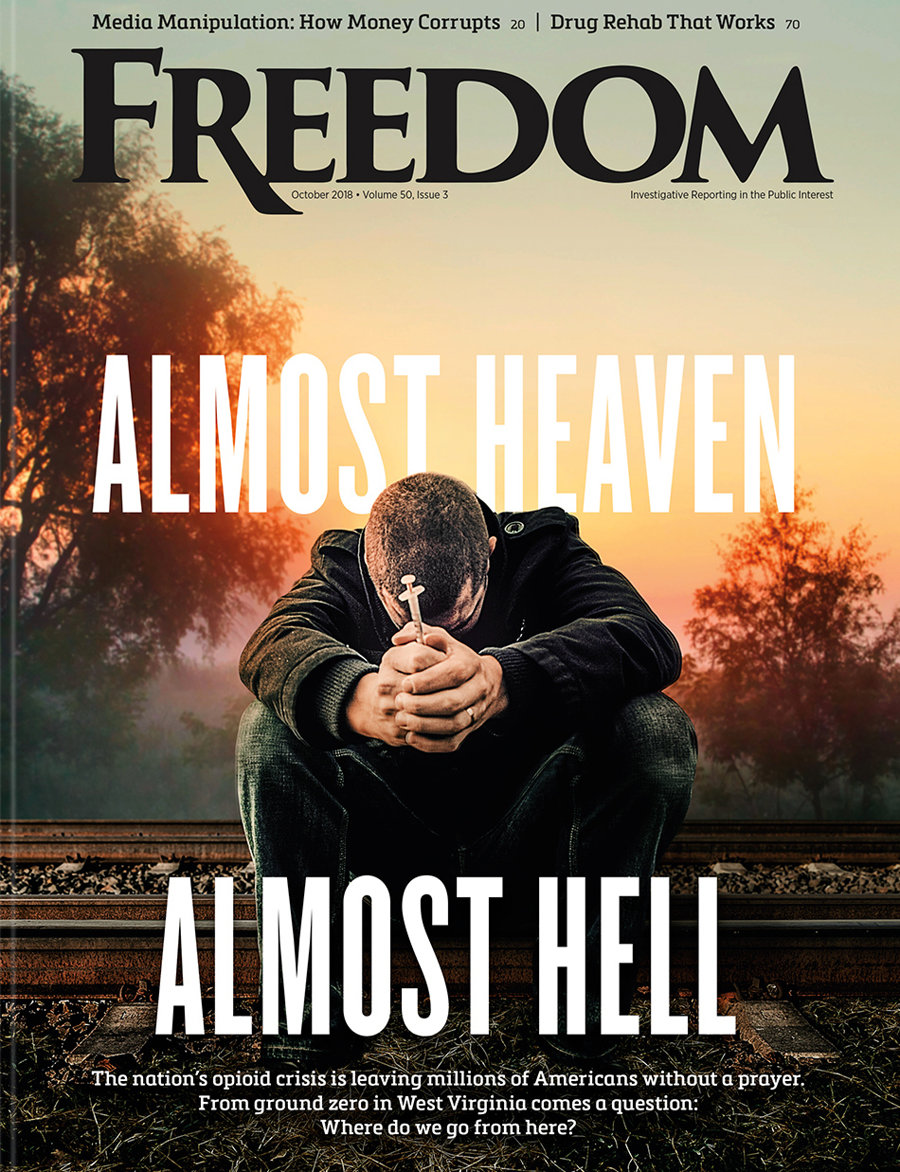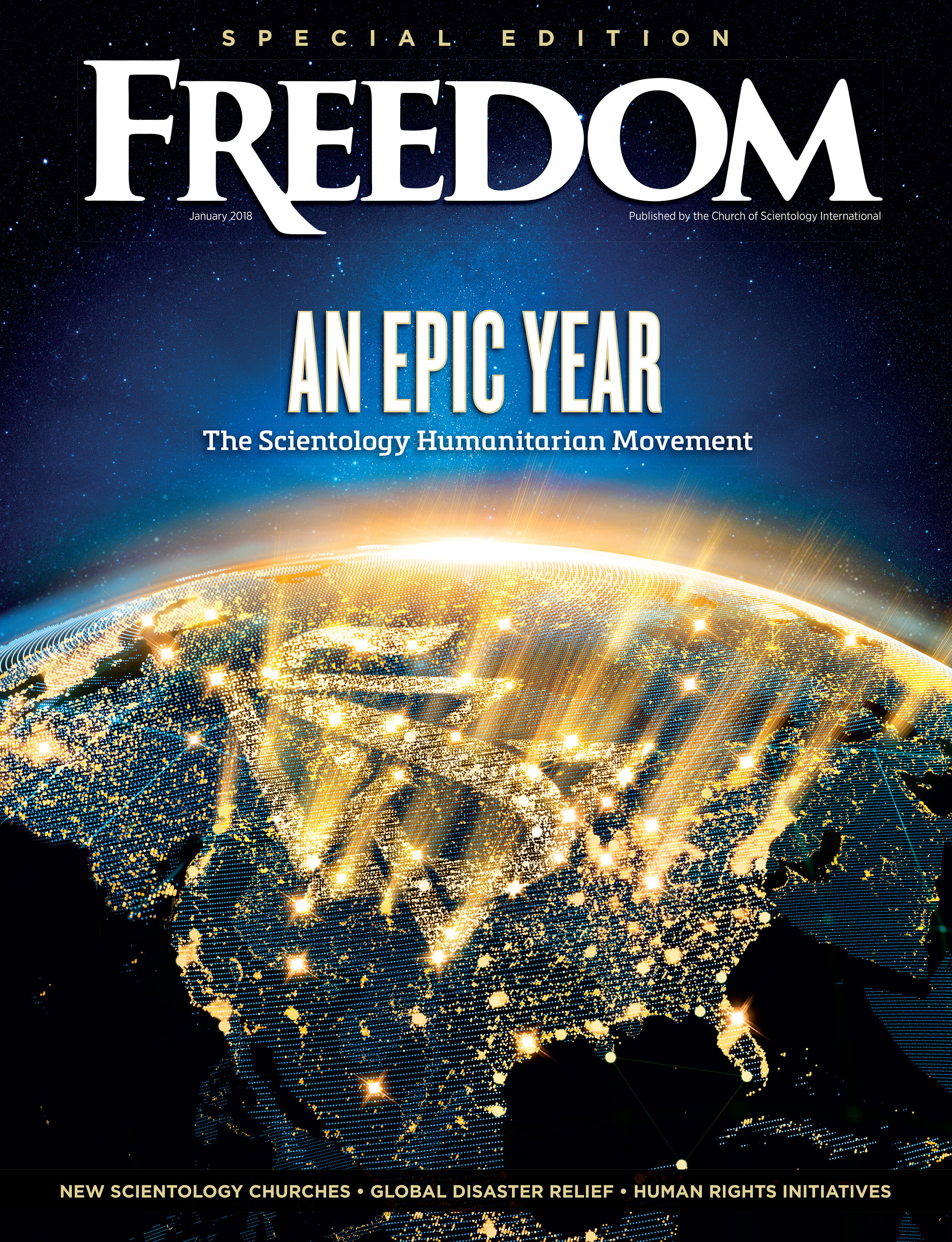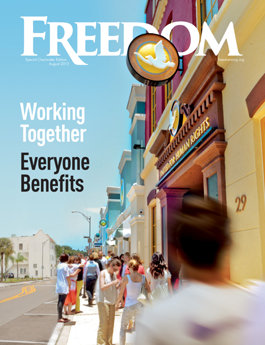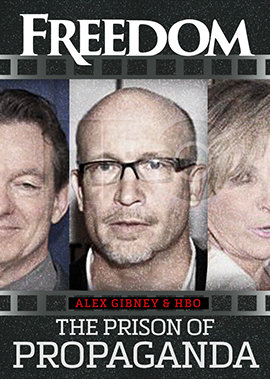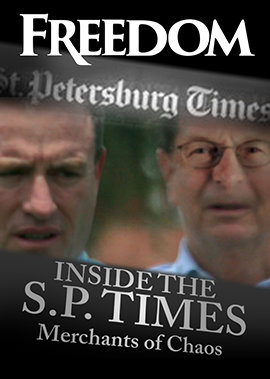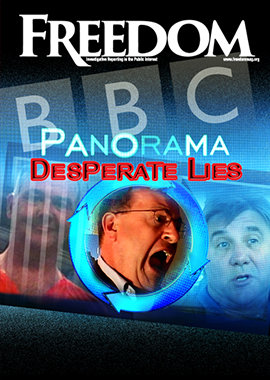Years past any detonation, the mere aftereffects of an atomic bomb can do that very well indeed, as the Marshallese can tell you.
Located in the northwest Pacific Ocean, the Marshall Islands consist of 29 coral atolls and five islands, with a population of 37,219.

Incredibly, between 1946 and 1958, with the Cold War raging, the United States detonated 67 nuclear bombs in the islands.
The Marshallese were living in the middle of the largest test area for atomic bombs on Earth. Just one single bomb—exploded in a test called Castle Bravo on March 1, 1954—packed the explosive overkill of 15 million tons of TNT, 1,000 times the power of the bomb that destroyed Hiroshima. Castle Bravo is, to this day, the largest nuclear test ever conducted by the United States.
The bomb went off on Bikini Atoll, whose people had been told to evacuate by US Commodore Ben Wyatt prior to the detonation. He assured them that leaving their homeland to accommodate the nuclear testing was for “the good of mankind and to end all world wars.”
Blissfully, innocently unaware of the tragedy about to enter their lives, they abandoned their homeland, as they had been instructed, and evacuated to the nearby uninhabited Rongerik Atoll, with inadequate supplies of food and water. They sat on the beaches, lived in the huts and fished in the fishing boats in their new “paradise,” all while being bombarded with the staggering amounts of nuclear radiation lingering in their atmosphere.
She told of mothers watching as their children’s “hair fell to the ground and blisters devoured their bodies overnight.”
Commodore Wyatt may have told the Marshallese the testing and evacuation was for the greater good, but it certainly was not for the good of the Marshallese, who faced a future of enormously high cancer rates, constant illness, a disrupted reproductive cycle and an annihilated social structure—never to be rebuilt again.
In September, the Office of the High Commissioner for Human Rights of the United Nations released a report detailing this terrible story of suffering on the part of the Marshallese.
The report revealed how those who lost their traditional homelands to the atomic testing still mourn—burying their deceased above ground to make returning them to their homelands easier, if that ever becomes possible.

In all, they suffered bombardment by 116 megatons of US weapons testing, which yielded as much radiation as 1.6 Hiroshima bombings every day for 12 years.
Just hours after a detonation, the Marshallese would scratch off their own skin, the chairperson of the Marshall Islands National Nuclear Commission described. In delivering personal testimonies to the UN Human Rights Council, she told of mothers watching as their children’s “hair fell to the ground and blisters devoured their bodies overnight.”
It has been estimated that Bikini Atoll residents have absorbed more cesium-137, a radiation byproduct of nuclear explosions, than any other group of people on Earth.
One third of the islanders living at Rongelap Atoll, 94 miles from Bikini Atoll, where Castle Bravo was detonated, developed thyroid abnormalities. Ninety percent of their children developed thyroid tumors.

The US Department of Energy released a report stating that the development of thyroid disease and thyroid cancer in the Marshall Islands “has been linked to the intake of radioactive iodine primarily as a consequence of ingesting hazardous fallout debris particles deposited on food surfaces, eating utensils, the hands and the face, and of drinking contaminated water.”
As to societal damage, in a 2012 report, the UN found, “Displacement due to the nuclear testing … has created nomads who are disconnected from their lands and their cultural and indigenous way of life.”
“The lessons of nuclear testing in the Marshall Islands are lessons for the whole world.”
“Many people suffer from thyroid tumors, stillbirths, eye problems, liver cancers, stomach cancers and leukemia,” said Marshall Islander Lijon Eknilang.
Before the testing, the Marshallese had never seen such deformed babies born, she explained. They called them “octopuses,” “apples” or “turtles” because they had no word in their language to describe them.
Most tragic, she said, were “jellyfish babies. These babies are born without bones in their bodies and with transparent skin. We can see their brains and their hearts beating. They have no legs, no arms, no head, no nothing. The babies usually live for a day or two before they stop breathing.
“Many women die from abnormal pregnancies, and those who survive give birth to what look like strands of purple grapes, which we quickly hide away and bury.
“Many of the women who have given birth to these ‘monster babies’ are from atolls that foreign officials told us were not affected by radiation.”
And when you thought it could get no worse, the Marshallese became a race of guinea pigs for American scientists. For over 40 years, they were forced against their will to take part in a medical testing program, with their healthy teeth removed—along with bone marrow and other body parts—to study the effects of radiation on their bodies.
The Office of the UN High Commissioner of Human Rights has recommended that the UN and US government take a “justice-driven approach” to compensation for the Marshallese. It sounds nice. But it is quite obvious that the damage these people suffered can never be equitably repaid.
“The nuclear legacy casts a long shadow across generations,” Nada Al-Nashif, the UN Deputy High Commissioner said, adding, “The lessons of nuclear testing in the Marshall Islands are lessons for the whole world, as there are other areas, communities and countries that were and continue to be affected by nuclear testing.”
Scientology Founder L. Ron Hubbard certainly would have agreed. He was extremely concerned about the proliferation of radiation from atomic testing.
He decried “nations vying with each other in the manufacture and testing of nuclear weapons (and so increasing the amount of radioactive material free in the environment).”
“If they keep up tests and so on from this date forward,” Mr. Hubbard warned in 1956, “we can look forward not to a world which will go out with a bang! but which, like that very fine piece of poetry, will die with a whimper.”






